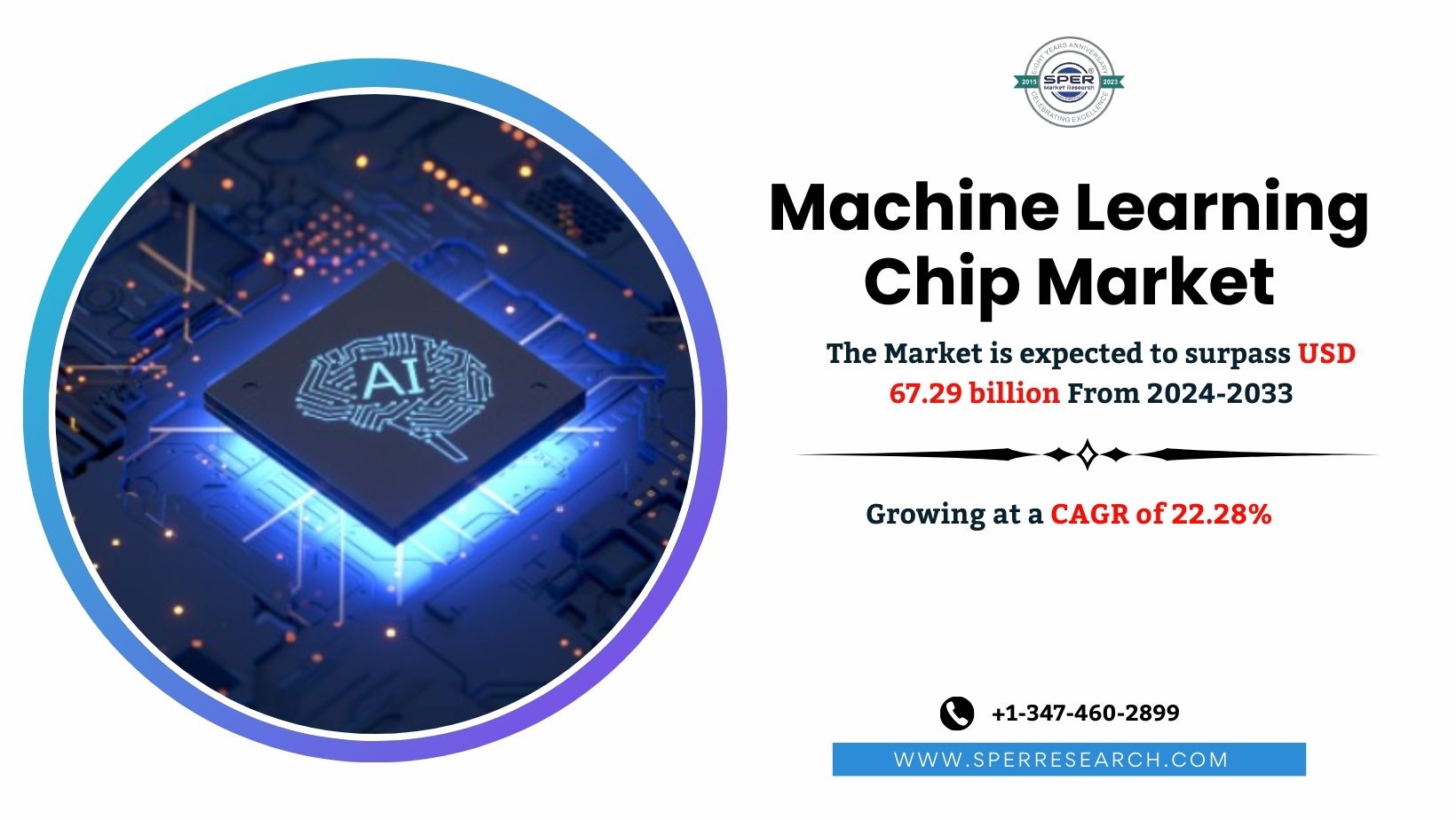Designing an exhibition booth is more than choosing colours and arranging furniture. It involves creating an engaging, memorable experience that attracts visitors and effectively communicates your brand. Avoiding common design mistakes can distinguish between a successful exhibition and one that falls flat. Here are five mistakes to avoid when designing your exhibition booth.
Failing to Define Clear Objectives
Every exhibition booth design should begin with clear objectives. Without a solid plan, your booth may fail to deliver results or align with your business goals.
Define Your Purpose: Ask yourself what you aim to achieve at the exhibition. Are you focused on generating leads, increasing brand awareness, launching a new product, or networking with industry professionals? Your booth design must align with these goals.
Create a Visitor Experience: Design the booth around a customer journey that guides attendees through your space. Whether showcasing a product or encouraging interaction with your brand, the layout should encourage engagement.
Mistake to Avoid: Designing a booth without a clear strategy will result in a cluttered or disconnected experience that fails to capture attendees’ attention.
Overcrowding the Booth with Too Much Information
One of the most common mistakes in exhibition booth design is trying to include too much information. In an exhibition environment, visitors only have limited time to absorb what’s in front of them.
Keep It Simple and Focused: Choose one or two key messages to communicate. These should be clear and visually impactful. Use minimal text, bold statements or engaging visuals to get your message across quickly.
Effective Use of Graphics: Large, high-quality images and clear signage should take centre stage. Graphics should complement your message and attract attention without overwhelming the viewer.
Mistake to Avoid: Overloading the booth with text, brochures, and unnecessary details will confuse visitors and detract from the primary message you want to communicate.
Neglecting Visitor Flow and Booth Layout
Visitor flow is a crucial element in exhibition booth design. A well-organized booth should guide visitors naturally through the space while ensuring they can easily access the information or products you’re showcasing.
Optimize Space for Interaction: Consider how visitors will navigate through your booth. Design enough space for people to move around freely, ensuring multiple visitors can interact with your booth without feeling cramped.
Create Clear Entry and Exit Points: Avoid blocking pathways and ensure your booth has clear entry and exit. This allows visitors to enter easily and leave without feeling trapped.
Mistake to Avoid: Designing a booth without considering visitor flow or overcrowding key areas makes it difficult for attendees to interact with your products or brand, ultimately diminishing engagement.
Ignoring the Importance of Branding
Exhibitions are a competitive environment, and your booth must stand out. It should showcase your products and reinforce your brand identity.
Branding Consistency: Use your logo, brand colours, and fonts consistently across all elements of the booth. Ensure that every visual element, from banners to signage to promotional materials, aligns with your overall branding.
Stand Out Visually: Your booth should attract attention from afar. Use bold visuals and dynamic elements that stand out from neighbouring booths. Consider incorporating backlit displays or interactive technology to grab attention.
Mistake to Avoid: Designing a booth that lacks strong branding or looks generic can leave a strong impression on visitors. Attendees may need a clear brand identity to remember you amid the exhibition chaos.
Underestimating the Power of Technology
Technology is an essential tool in modern exhibition booth design. Neglecting to incorporate technology can make your booth feel outdated and unengaging. Technology not only draws attention but also enhances the visitor experience.
Interactive Displays: Incorporate touchscreens, tablets, or virtual reality (VR) to allow visitors to interact with your products, view product demonstrations, or access detailed information about your services. This engagement can leave a lasting impact.
Multimedia and Presentations: Use videos, animations, and presentations to illustrate your message dynamically and engagingly. Video walls or projection mapping can captivate your attention and bring your brand to life.
Lead Capture Technology: Digital lead capture systems, such as QR codes or contactless scanning, can gather visitor information quickly and efficiently, ensuring you get all the potential leads.
Mistake to Avoid: Not using technology to your advantage can make your booth feel static and uninspired. Exhibitors who embrace technology can better engage visitors and showcase their products in innovative ways.


